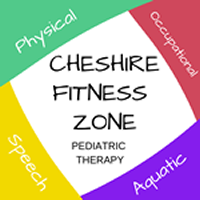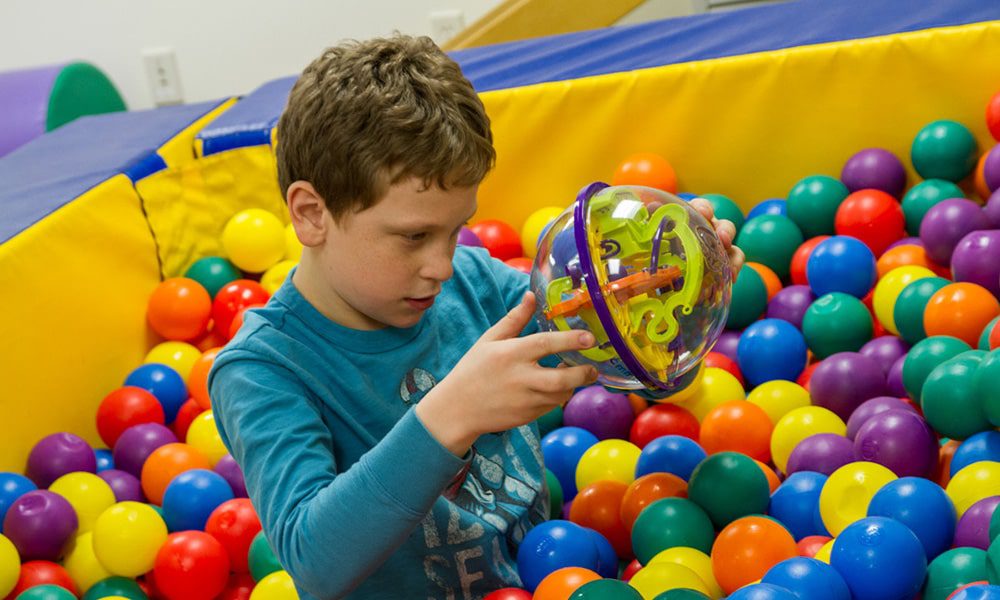If you are not sure what the human movement system means, it simply means that it is a system that consists of your body’s organs (from a physiological nature) and how they interact with each other to support and produce movement of the entire body and its parts. From this post, you will receive information on six of the common terminologies that are associated with the human movement system. Perhaps, they can be of some help when your child is undergoing physical therapy sessions to improve his or her physical health.
Hypomobility
This term describes a joint that does not have a full range of motion. If a particular joint shows signs of hypomobility in one direction, it may also show hypermobility and some signs of weakness in the other direction. The term is linked to premature activation, muscle weakness, joint dyskinesis, altered recruitment patterns and synergistic dominance. Patients who had just undergone a shoulder surgery will spend the next few weeks with a sling, and this may lead to loss of flexibility and hypomobility of the affected shoulder joint.
Length-tension relationship
The term describes the optimal length at which a muscle can produce the desired force for a certain movement pattern. Length-tension relationships that are at optimal levels will ensure efficient arthrokinematics, optimal intermuscular coordination and optimal recruitment. For instance, one can stretch a tight muscle to improve its length and contribute to gaining optimal length and tension.
Neuromuscular Inhibition
This means that there is a reduction in neural drive, neuromuscular reflex and overall muscular activity. Alterations in this reflex may happen due to the increase in muscle length, increase in excitation threshold, changes in joint motion as well as increase in antagonist tone.
Nervous System
Control is the core function of this system. All motions in the human movement system is affected by internal feedback (includes vestibular input, muscle length and proprioceptors), intent, external feedback (such as a mirror or cueing) and finally past experiences.
Prime Mover
The muscle that can produce the most force for a particular joint action is responsible for the movement of a joint under load. This term is often synonymous with a term called agonist. It pertinent to note that the prime mover may or may not be the most active muscle for a given joint action during activities of everyday life.
Stabilizers
These muscles serve a main role of improving arthrokinematics by maintaining the alignment of joint surfaces at an optimal level. More often than not, these muscles are one of the most intrinsic muscles of a given joint. It consists of a huge percentage of Type I muscle fibers that are rich in proprioceptors. Rotator cuff muscles are a good example of stabilizers for most shoulder motions.
It is paramount that young patients who suffer from medical conditions such as chronic pain, spina bifida, developmental delay or neurological impairments seek physical therapy to enhance their body’s function. To allow our physical therapists to assess your child’s specific needs, don’t hesitate to contact Cheshire Fitness Zone today to arrange for an appointment to discuss physical therapy in Connecticut.



